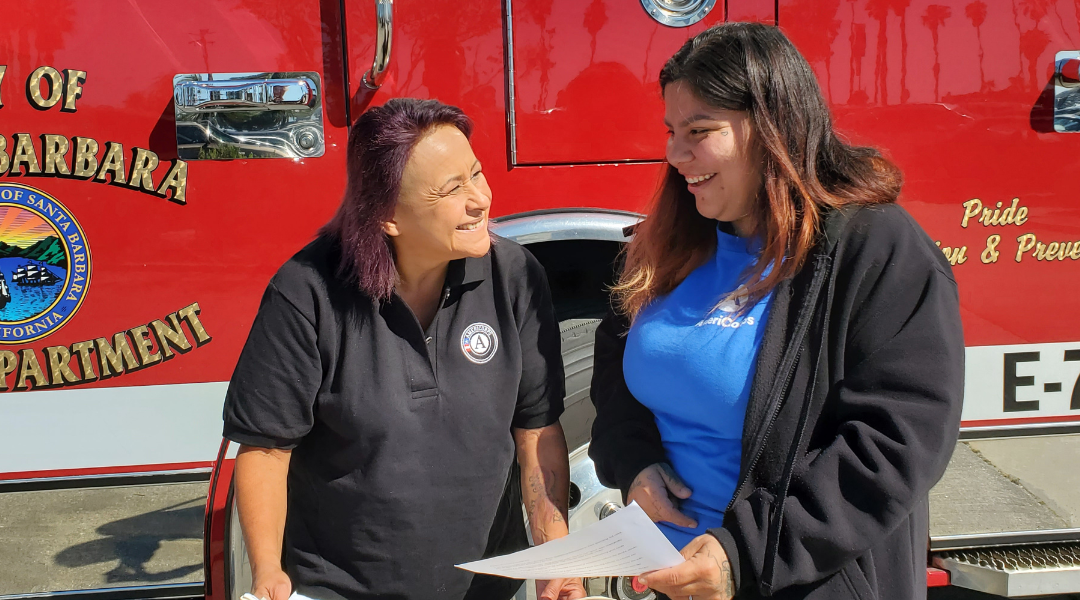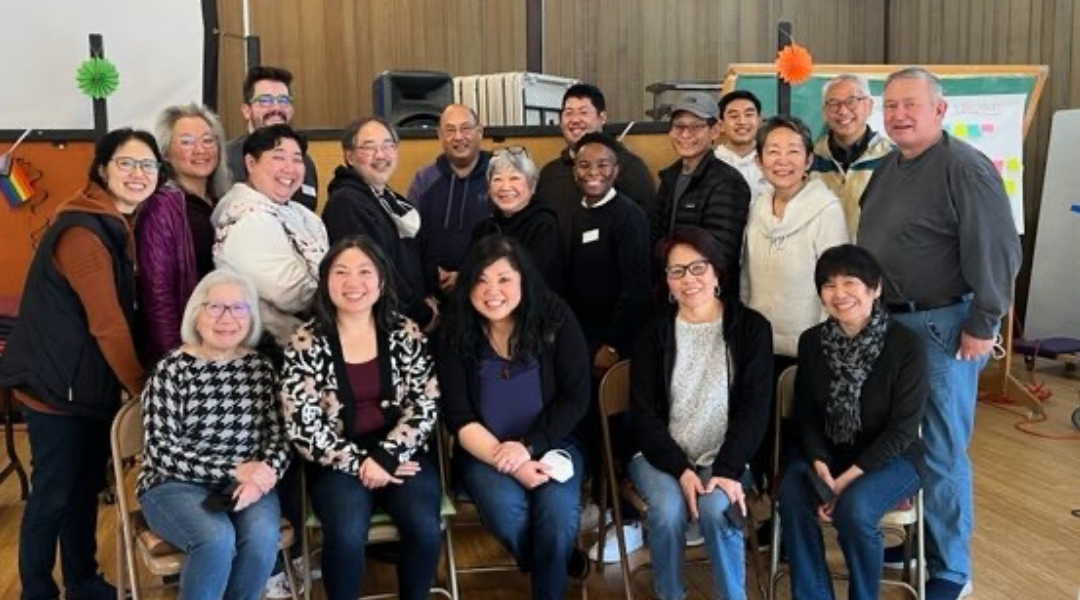Teen International Media Exchange (TIME)/International Youth Media Summit
Purpose Prize Fellow 2015
A former media professional creates a forum for international youth to create films that foster cross-cultural understanding and friendships.
I became a high-school film teacher in 2000, at 51, after mentoring young film students. I thought teaching would be my encore career, but then the world changed, on September 11, 2001. I felt a sense of urgency, to try to interrupt the vicious cycle of violence and revenge. Within a week, I organized other educators and founded TIME, and in 2006, created the International Youth Media Summit. Since then, I have used every ounce of wisdom gained from 52 years in the arts and in business: Be flexible, take risks, respect others and expect the unexpected. Through TIME projects, young people use the power of media to create a more peaceful, just and healthy planet. Young people from different cultures make collaborative video projects, via the internet during the school year, and in person, at the annual International Youth Media Summit. The summer summit brings together young people from up to 26 countries to collaborate on movie projects, the true heart and soul of our program. We learn from them how to cooperate, compromise and understand each other, across cultures and language. Working together is necessary to create art that they are passionate about. A funny thing happens on the way to making a film; they create a model for peace.
- At 2014 International Youth Media Summit, teens from 22 countries – including geopolitical enemies – worked together on original video projects that addressed social issues.
- TIME’s year-round projects bring together young people and mentors from 46 countries on six continents.
- Since 2002, TIME activities at Grover Cleveland Charter High School in Los Angeles have engaged over 700 U.S. and overseas students and 500 volunteers and mentors.
The work begins by identifying social issues that the youth say matter most: violence, discrimination, poverty, the environment, women’s rights and youth empowerment. By focusing on huge, intractable problems, they don’t waste time fighting. Bound by a shared mission, they become friends for life – even with those formerly considered enemies. “There is no reason ‘the enemy’ can’t become my friend, even if the conflict is very very long,” one Israeli delegate told me, after working with others from Palestine and Iran. Some people say that I am stubborn. They are right. It took nine years to secure U.S. visas for our first Afghan delegates. I never, ever give up. My inspiration is my father. After he retired, he created a forest on a hill near his home. For decades, he dealt with fires, vandals, droughts, sometimes losing thousands of trees. But he never gave up. He just went back and planted more. Now, 10,000 trees stretch to the sky. If we keep planting those seeds, like my father, we can have a beautiful legacy. This work is my life’s passion. I have kept it going with grants and personal loans; I spend 40 hours every week on TIME and the Summit – after I spend 40 hours a week at my paid job as a teacher. I do it because I believe in the power of youth. I think I am particularly suited to this, because I have lost all other ambitions but one: to be of service. To see young people from all over the world dancing together with freedom and affection fills me with gratitude.



